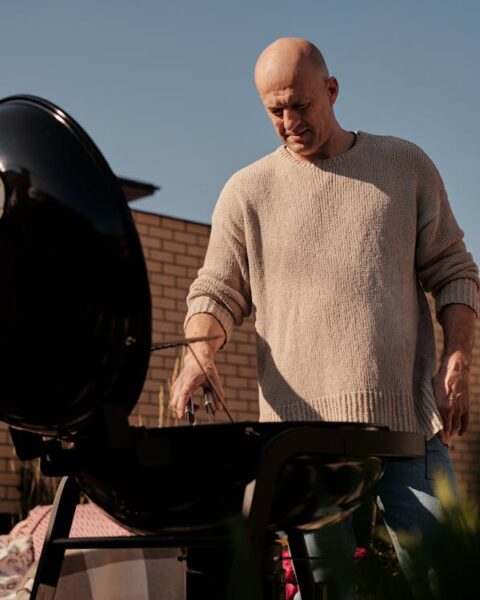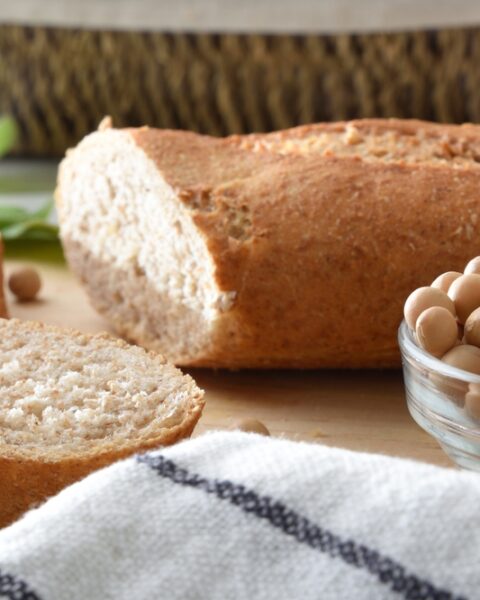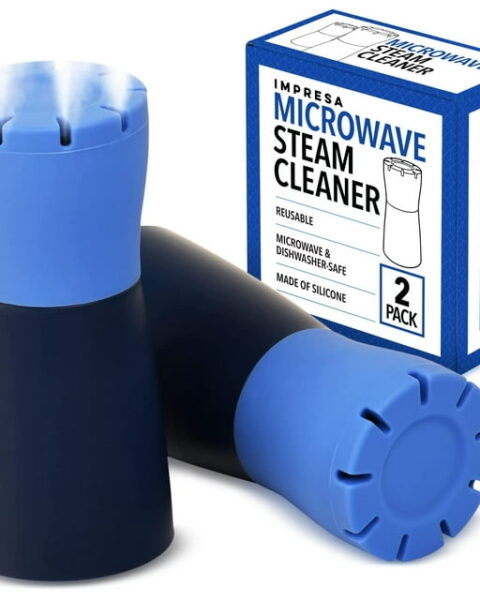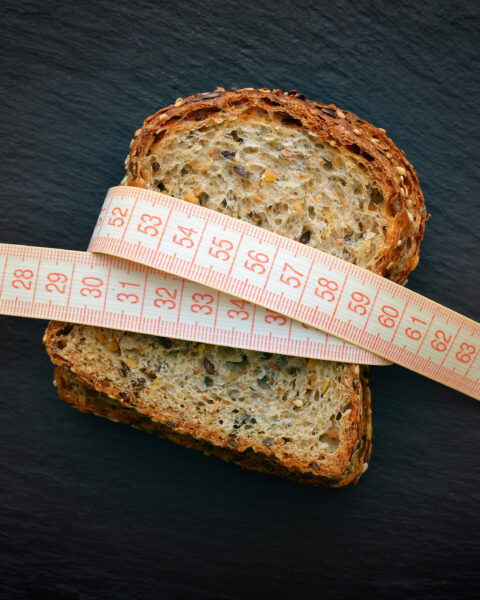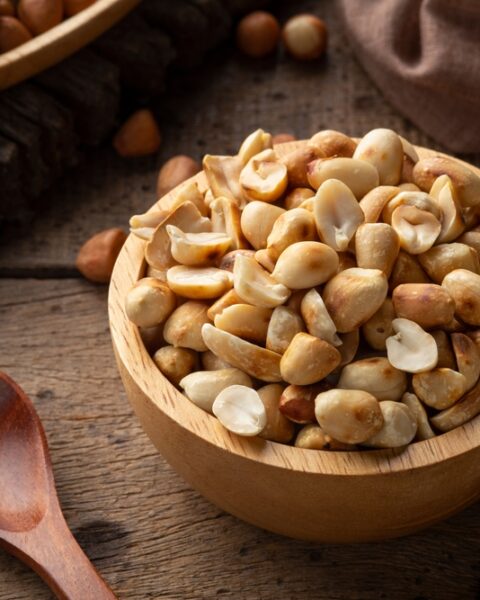Brewing coffee seems simple enough, right? But even the most seasoned coffee lovers sometimes miss the little details that take a cup from “just okay” to “absolutely amazing.” Whether it’s the water temperature, grind size, or how you store your beans, there are plenty of small mistakes that can sneak in and ruin the flavor. Don’t worry, though—these are all easy fixes once you know what to look out for. Let’s dive into the common missteps people make when brewing coffee and how you can avoid them for the perfect cup every time.
Contents
- 1 Not Preheating Your Equipment
- 2 Skipping the Bloom Step
- 3 Using Water That Isn’t Hot Enough
- 4 Using Pre-Ground Coffee
- 5 Incorrect Grind Size
- 6 Using Stale Coffee Beans
- 7 Poor Water Quality
- 8 Incorrect Coffee-to-Water Ratio
- 9 Ignoring Brewing Time
- 10 Not Cleaning Equipment Regularly
- 11 Using the Wrong Equipment
- 12 Storing Coffee Beans Improperly
- 13 Using the Wrong Cup
- 14 Assuming All Coffee Beans Are the Same
- 15 Overlooking the Role of Filters
- 16 More From RetailShout
- 17 14 Foods Rich in Omega-3s for Better Joint Health
- 18 15 Clever Ways to Repurpose Leftover Produce
Not Preheating Your Equipment
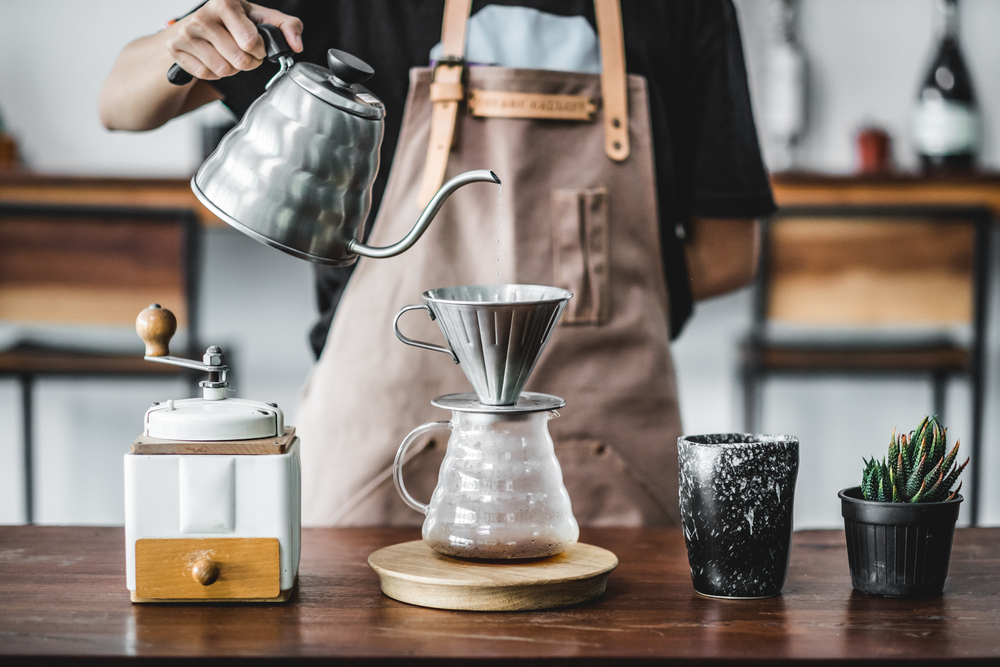
Cold brewing equipment can lower the brewing temperature. This results in improper extraction and a less flavorful cup. Preheating your French press, pour-over setup, or even your coffee mug ensures better temperature stability. It’s a simple step that prevents heat loss during brewing. Consistent temperatures lead to a smoother, more enjoyable coffee experience.
Skipping the Bloom Step
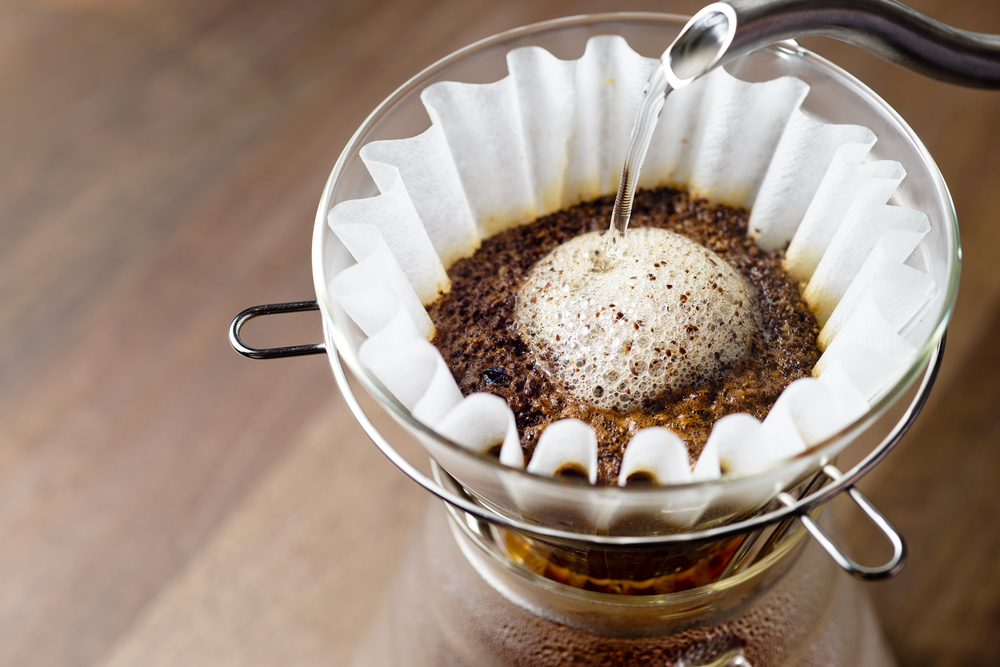
Many skip the bloom step when brewing with methods like pour-over. This step allows trapped carbon dioxide to escape from the coffee grounds. Skipping it can result in uneven extraction and muted flavors. To bloom, pour a small amount of hot water over the grounds and let it sit for about 30 seconds. Taking this extra step enhances the overall taste of the coffee.
Using Water That Isn’t Hot Enough

Many assume that any hot water will suffice for brewing coffee. However, water temperature significantly impacts extraction. The optimal range is between 195°F to 205°F (90°C to 96°C). Water below this range can result in under-extracted, sour-tasting coffee. Ensuring your water is within this temperature range is crucial for optimal flavor extraction.
Using Pre-Ground Coffee
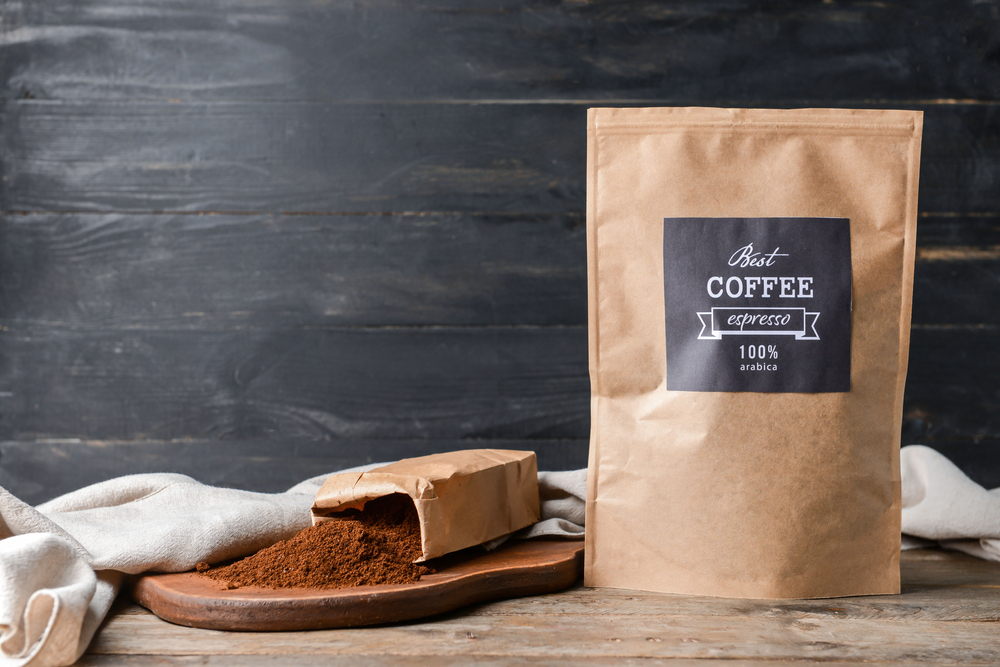
Convenience often leads people to purchase pre-ground coffee. Unfortunately, ground coffee quickly loses its aromatic compounds. Grinding beans just before brewing preserves these flavors. Investing in a quality grinder can elevate your coffee experience. Freshly ground beans ensure a more flavorful and aromatic cup.
Incorrect Grind Size
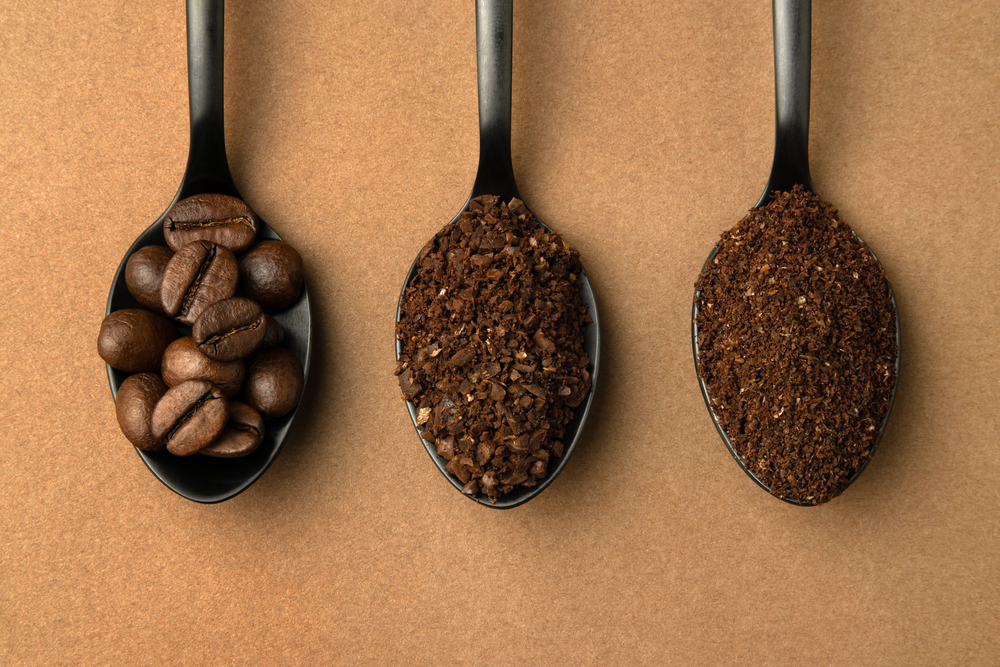
Not all brewing methods use the same grind size. Using the wrong grind can lead to over or under-extraction. For instance, French press requires a coarse grind, while espresso needs a fine grind. Matching the grind size to your brewing method is essential. This adjustment ensures optimal extraction and flavor.
Using Stale Coffee Beans
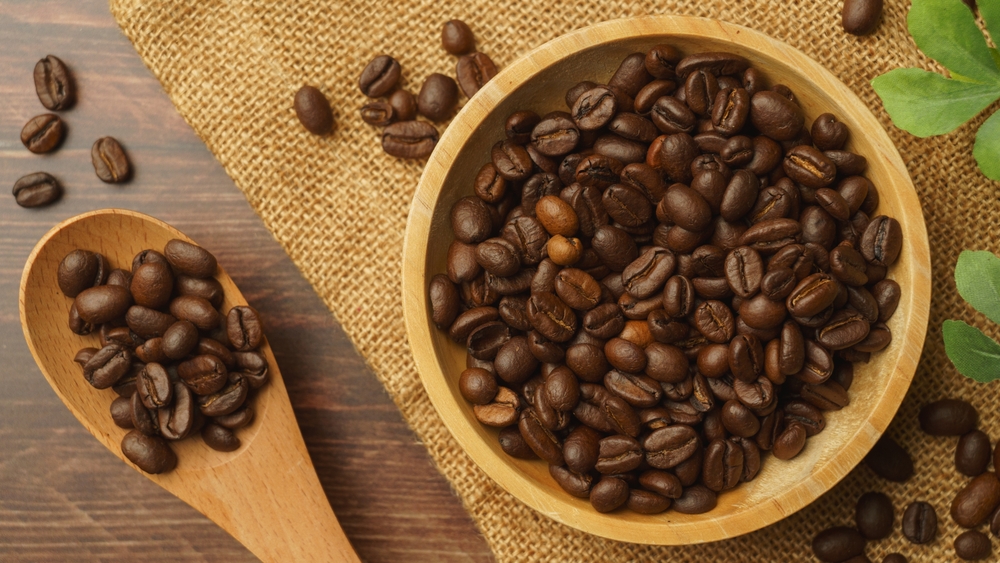
Coffee beans have a limited shelf life. Over time, they lose their flavor and aroma. Using beans that have been sitting for months results in a flat, dull cup. Purchasing smaller quantities of fresh beans is advisable. Proper storage in airtight containers also helps maintain freshness.
Poor Water Quality
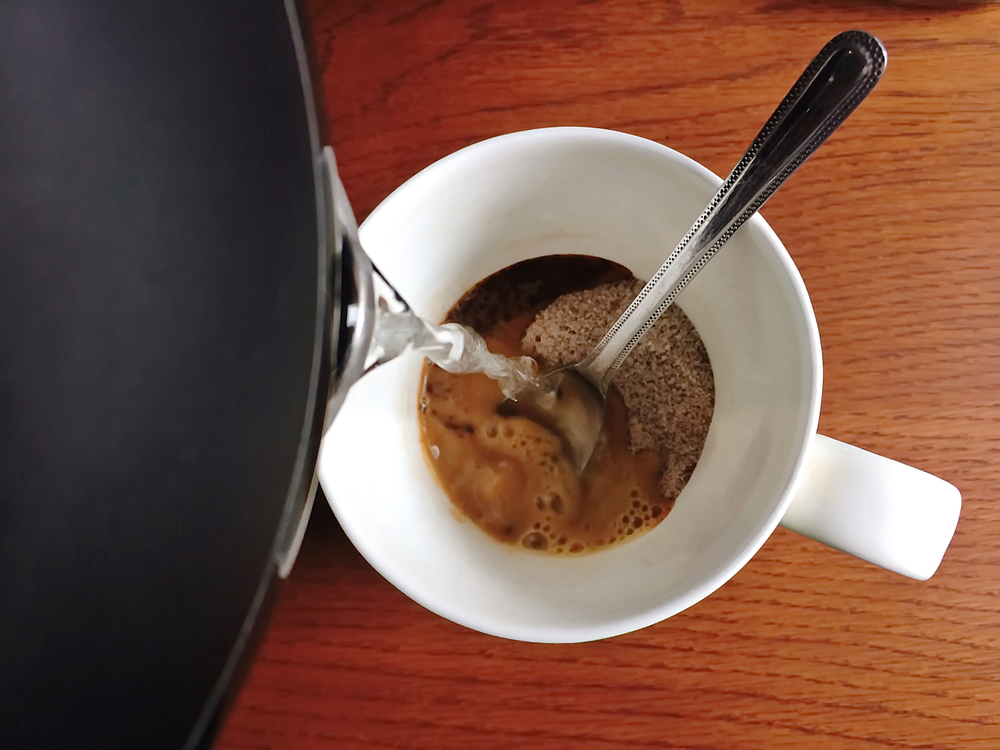
Since coffee is primarily water, its quality matters. Tap water with high chlorine or mineral content can alter the taste. Using filtered or bottled water is recommended. Avoid distilled water, as some minerals are necessary for proper extraction. The right water ensures a cleaner and more consistent flavor.
Incorrect Coffee-to-Water Ratio

Eyeballing measurements can lead to inconsistent brews. Using too much coffee results in a bitter cup, while too little makes it weak. A standard ratio is one to two tablespoons of coffee per six ounces of water. Using a kitchen scale can provide more precision. Consistent measurements lead to a balanced and enjoyable cup.
Ignoring Brewing Time
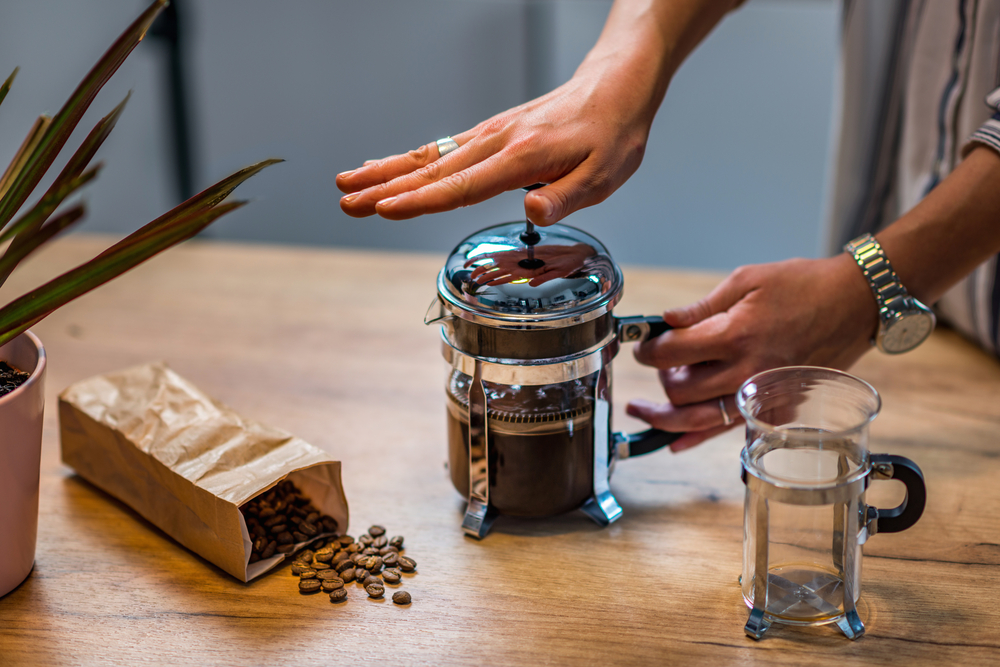
Each brewing method has an optimal extraction time. For example, the French press requires about four minutes. Shortening or extending this time can affect flavor. Under-extraction results in sourness, while over-extraction leads to bitterness. Using a timer can help achieve consistency. Adhering to recommended brewing times ensures the best taste.
Not Cleaning Equipment Regularly
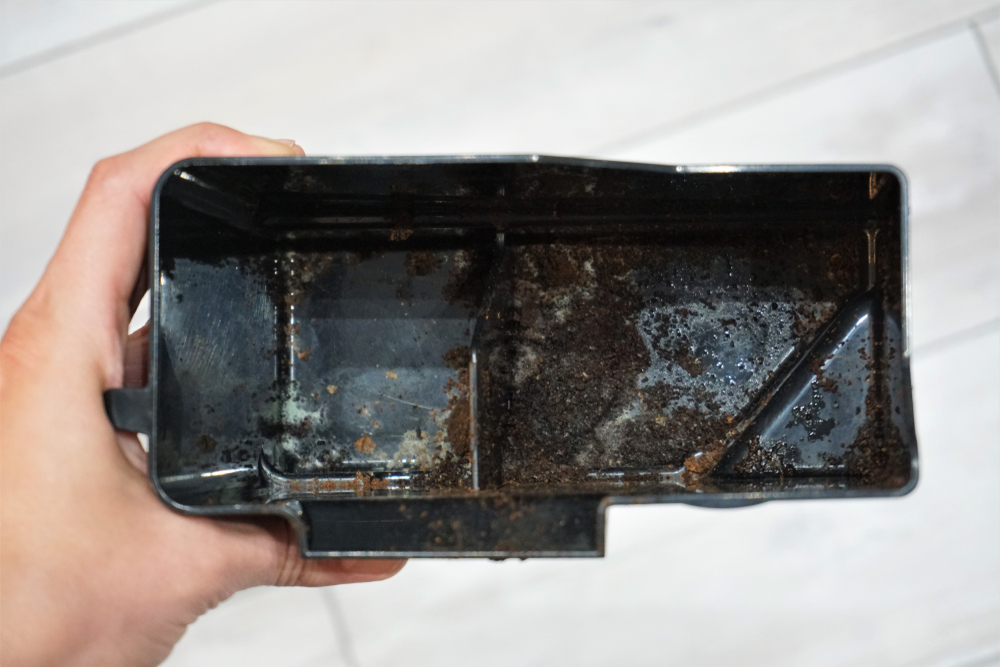
Residual oils and coffee particles can accumulate over time. This buildup can impart rancid flavors to your brew. Regular cleaning of all components, including grinders and filters, is essential. For coffee makers, running a cycle with a mixture of water and vinegar helps. Proper maintenance ensures a pure and pleasant taste.
Using the Wrong Equipment
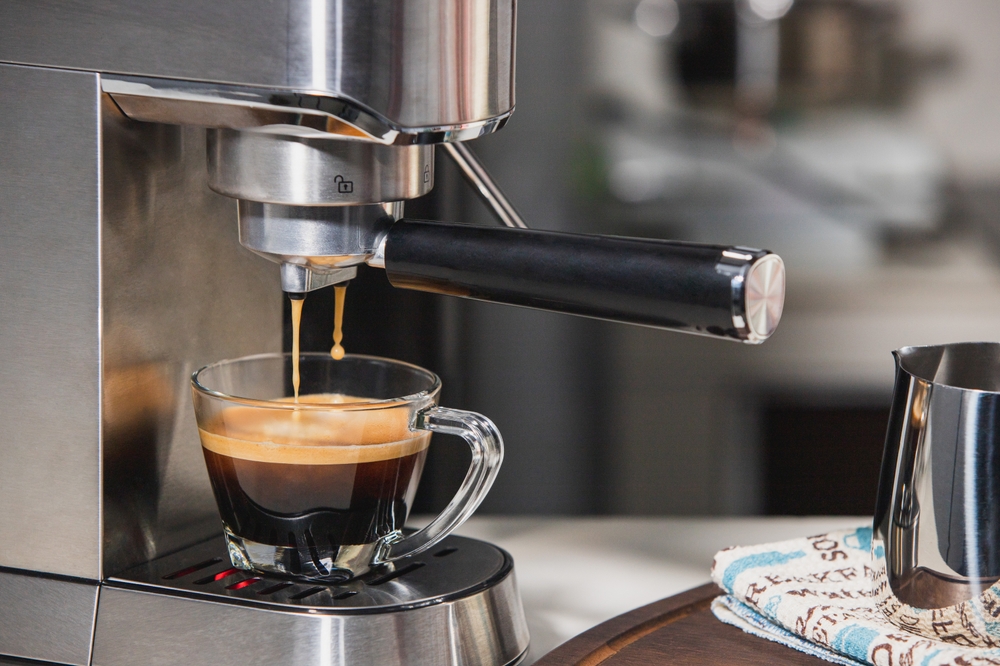
Not all brewing devices suit every coffee preference. Choosing equipment that doesn’t align with your desired coffee style can disappoint. For a bold and rich cup, consider a French press or espresso machine. For a cleaner and brighter flavor, pour-over methods are ideal. Selecting the right equipment is crucial for achieving your preferred taste.
Storing Coffee Beans Improperly
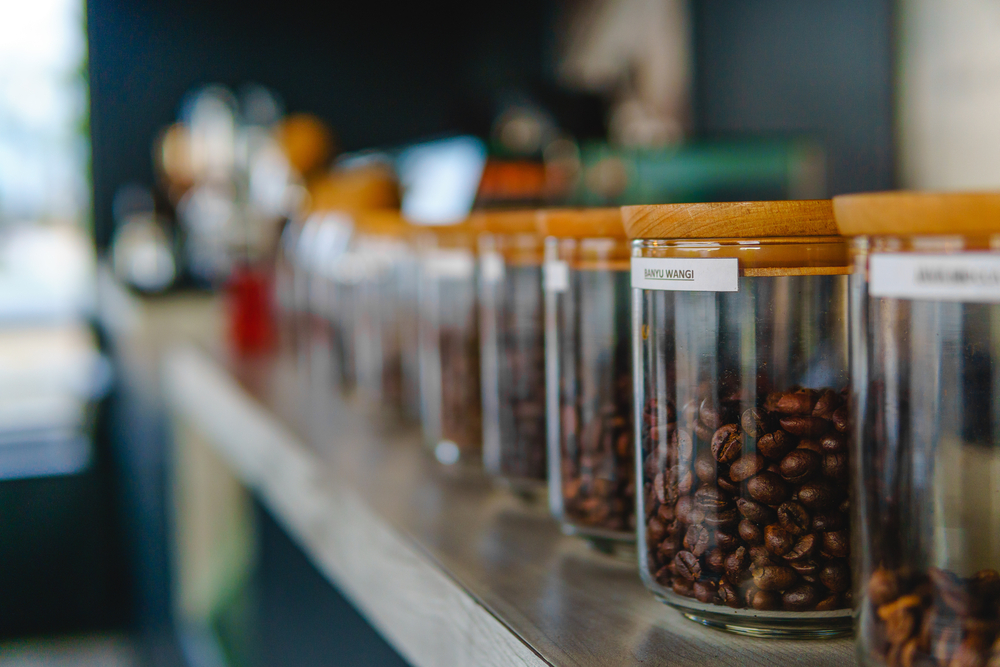
Exposure to air, light, and moisture can degrade coffee beans. Storing them in the fridge or freezer is not recommended. Instead, keep beans in an airtight container in a cool, dark place. Proper storage maintains freshness and flavor. This practice extends the shelf life of your beans.
Using the Wrong Cup
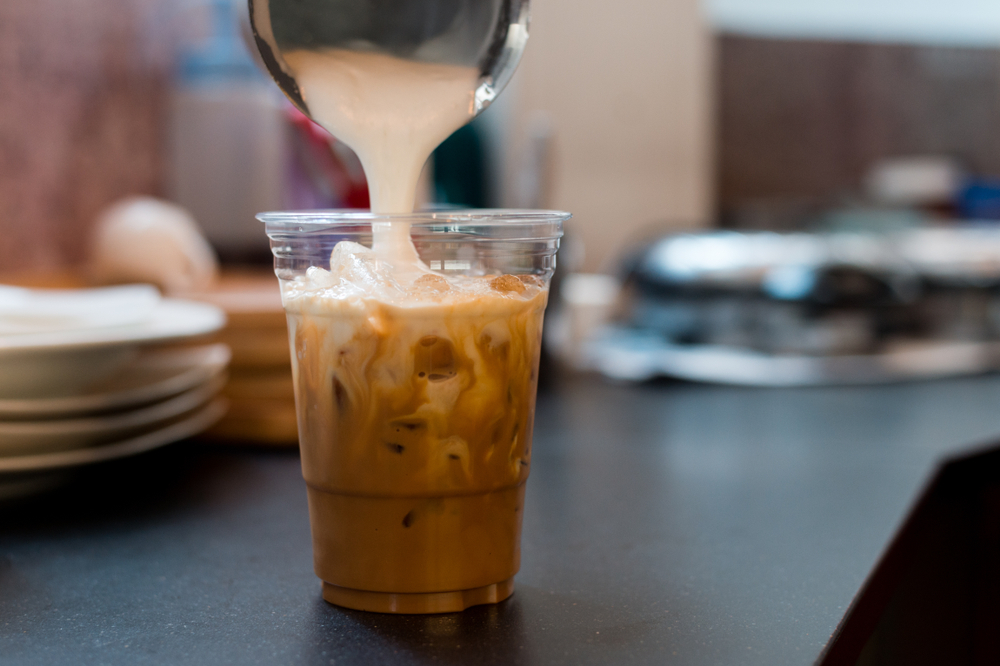
The vessel you drink from can influence your coffee experience. Plastic cups can alter the flavor and may contain harmful chemicals. Opting for glass or ceramic cups is better. These materials preserve the coffee’s taste and are safer.
Assuming All Coffee Beans Are the Same
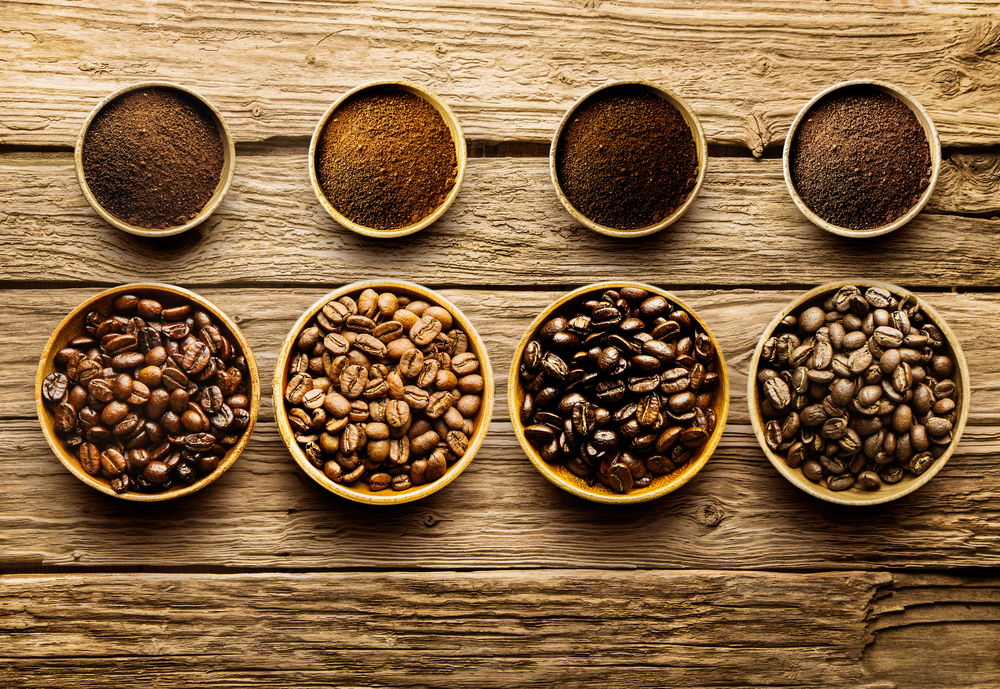
Many underestimate the importance of selecting the right coffee beans. Different origins, roast levels, and processing methods result in unique flavors. Understanding your preferences and experimenting with various beans can transform your coffee experience. Opting for high-quality beans suited to your brewing method ensures better results. Remember, the choice of beans is as critical as the brewing process.
Overlooking the Role of Filters
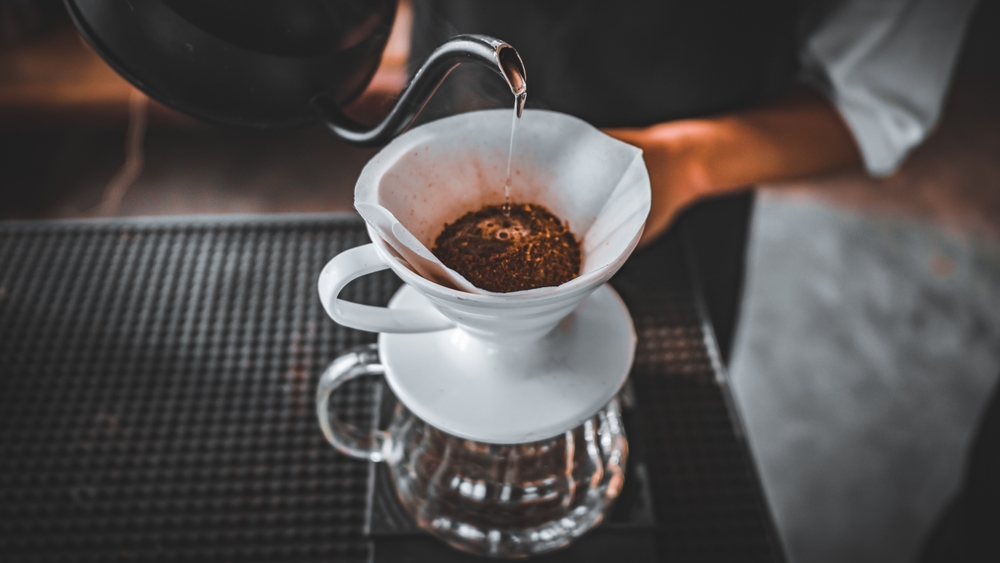
Filters do more than separate grounds from liquid—they affect flavor. Paper filters remove oils, resulting in a cleaner taste, while metal filters allow oils through for a fuller body. Using low-quality or incorrect filters can compromise your brew. Always choose filters that match your brewing method and flavor preferences. Proper filtration ensures clarity and balance in your coffee.
This article originally appeared on RetailShout.
More From RetailShout
15 Historic Wine Bars That Revolutionized the Wine Scene
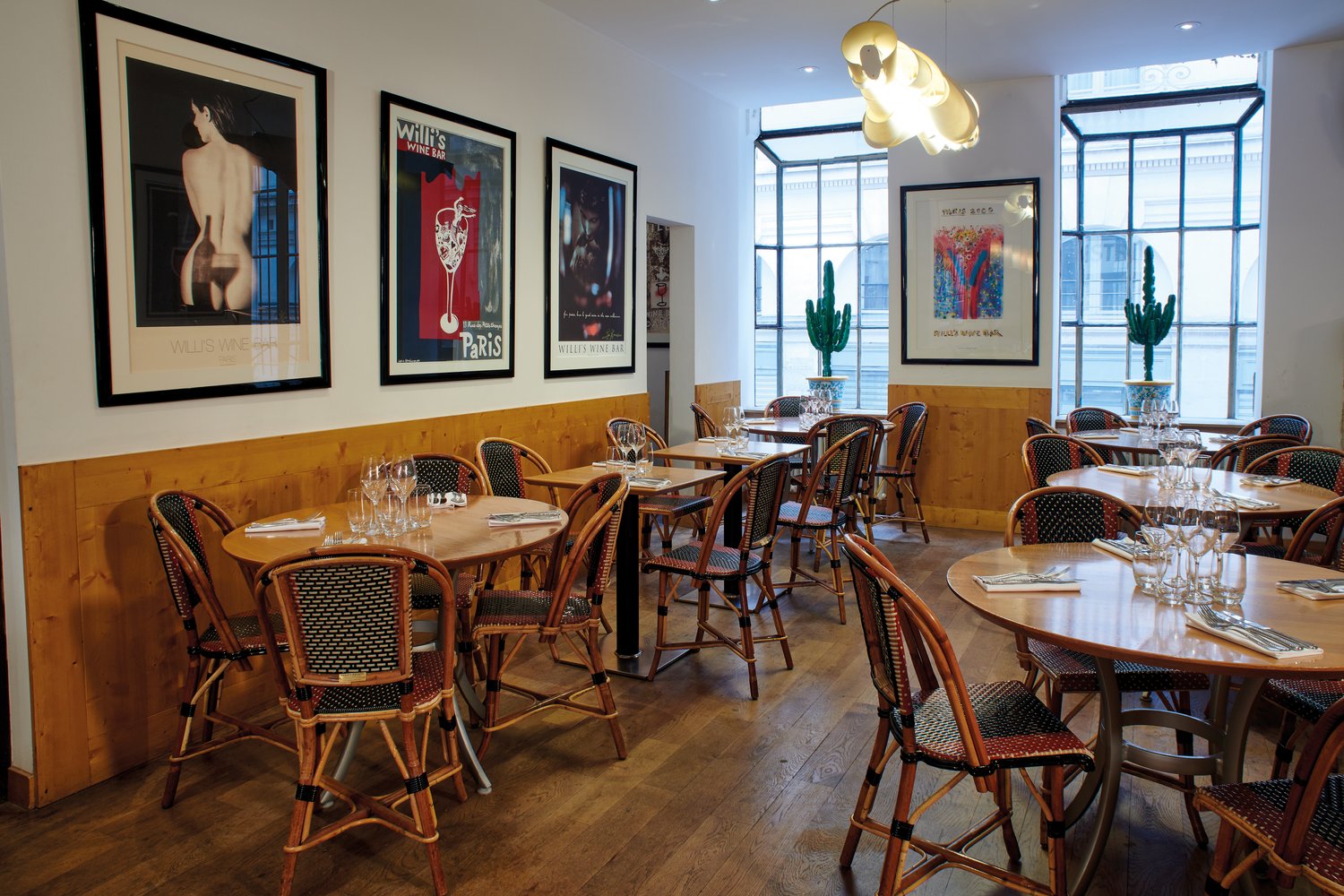
Some wine bars are more than just places to sip your favorite reds and whites—they’ve changed the way we think about wine entirely. Certain wine bars have made their mark on the industry in a big way. Read More.
14 Foods Rich in Omega-3s for Better Joint Health
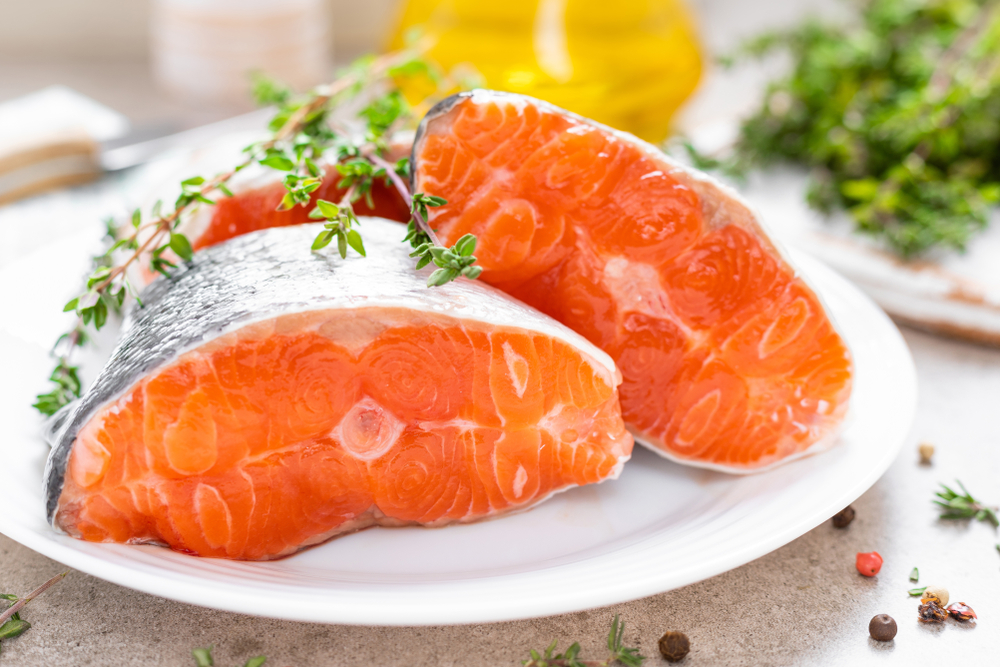
Joint pain and stiffness can be incredibly disruptive, but a diet rich in omega-3s may offer natural relief. Omega-3 fatty acids are known for their powerful anti-inflammatory effects, helping to reduce joint swelling and discomfort. Read More.
15 Clever Ways to Repurpose Leftover Produce
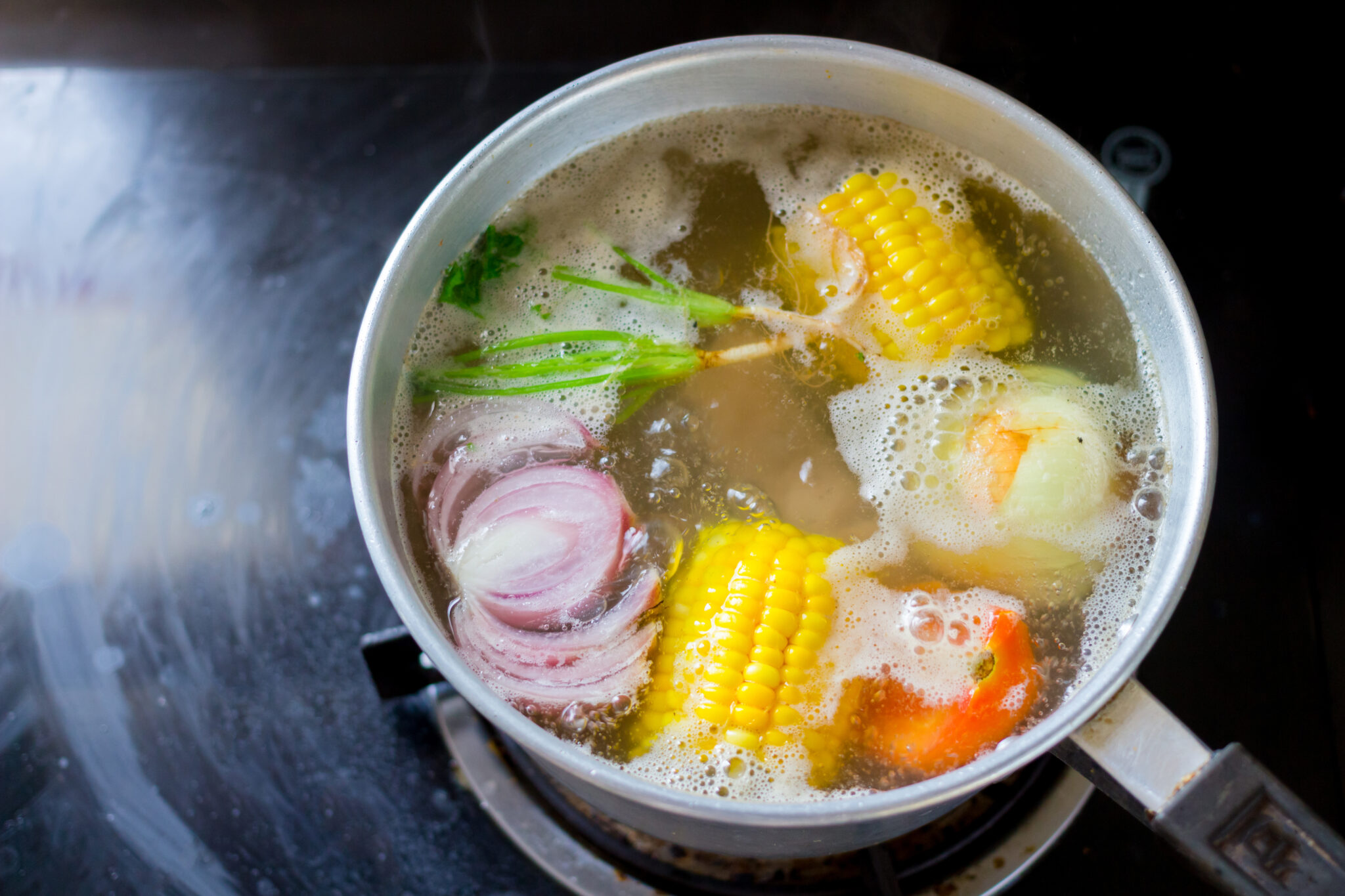
Repurposing leftover produce is a smart, sustainable way to reduce food waste and make the most of every ingredient in your kitchen. With a little creativity, those scraps, peels, and overripe fruits can be transformed into flavorful additions and useful items for your meals and home. Read More.

